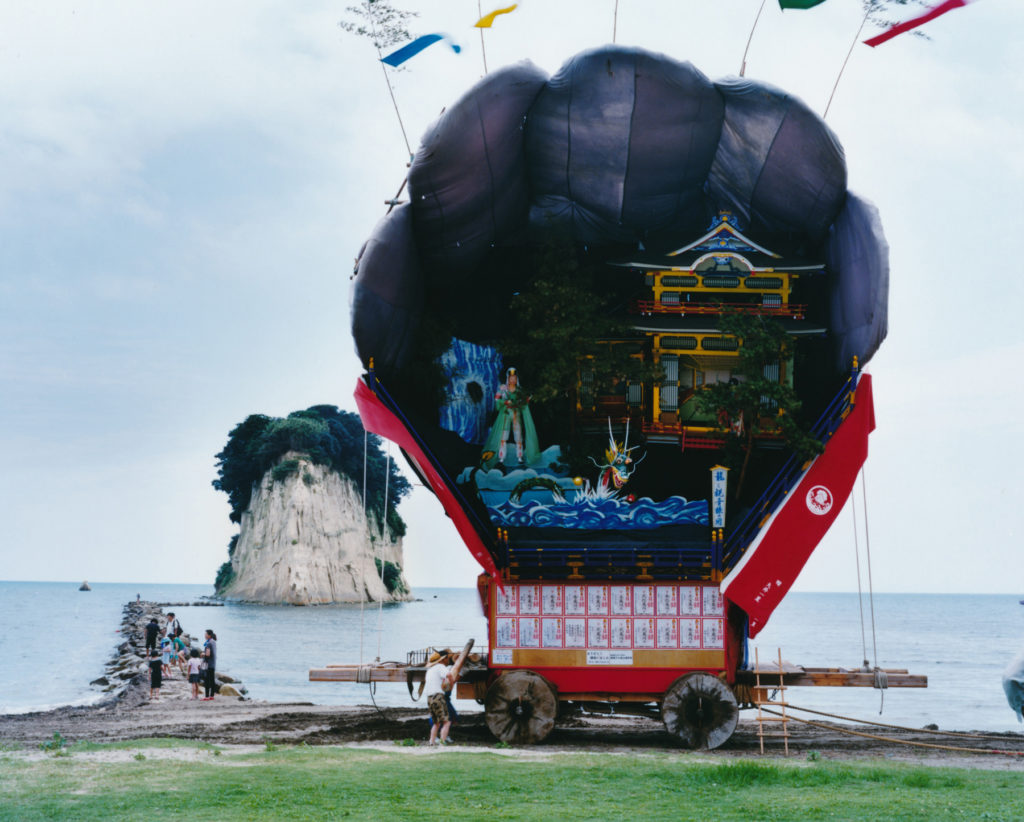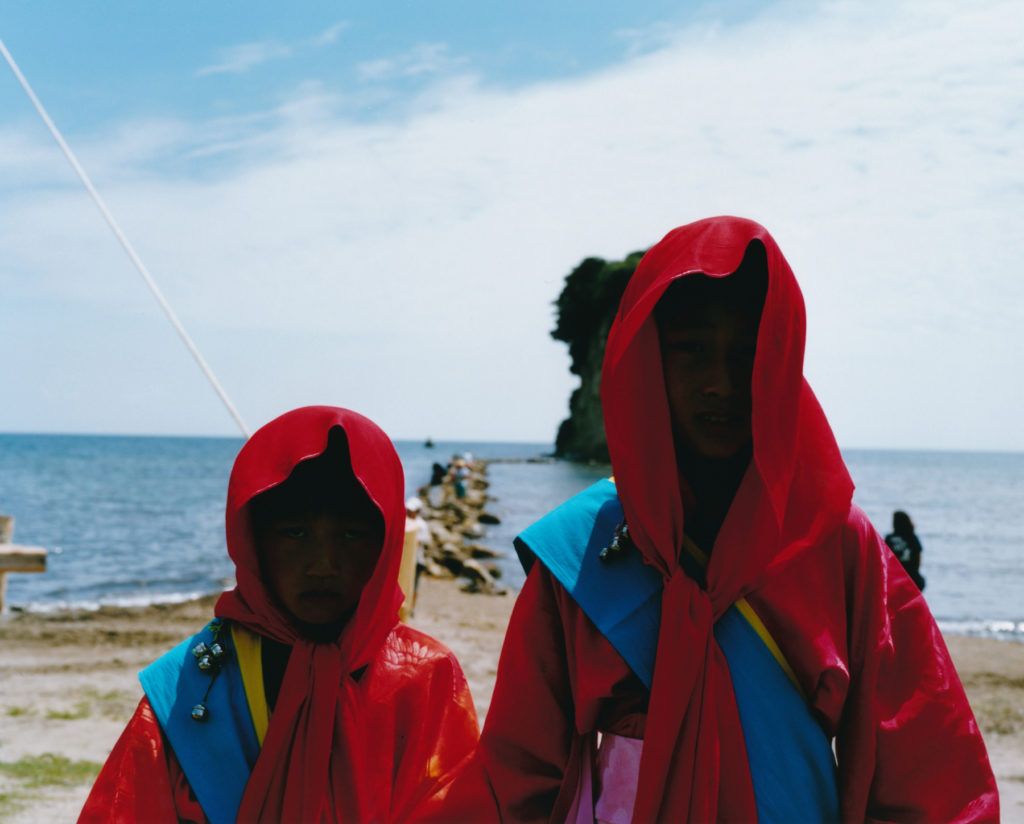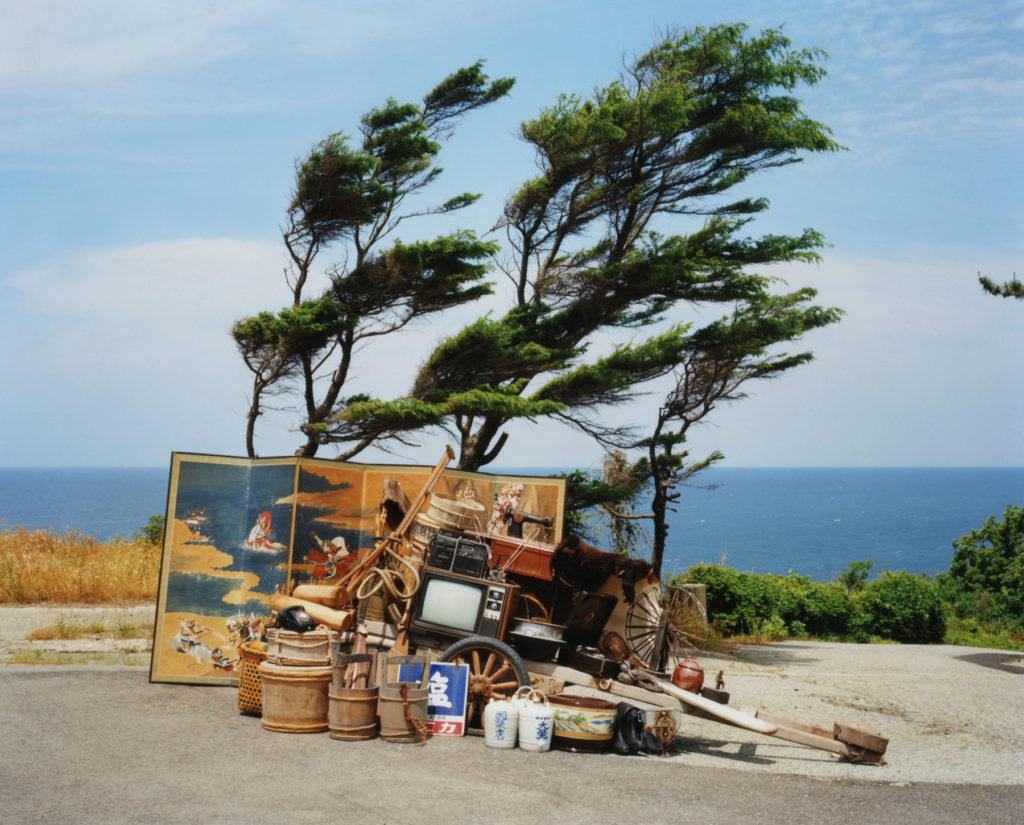
The Coast of Dekayama
I am fascinated by the extreme points of Japan, from the Shiretoko Peninsula in the north to Yonaguni Island in the south. Simply standing on the coast makes me bubble with anticipation about the strange lands beyond the invisible boundary. That isn’t all. What I had imagined to be a desolate “end of the world” is never a dead end, but it’s also the gateway for an influx of all sorts of goods from across the sea. This is something I realize each time I visit a location in person and get to know the history and culture. Suzu City is a frequent destination for me, for it’s situated at the farthest tip of the Noto Peninsula, and it gives me a sense of connection with the Eurasian continent across the Sea of Japan.
On my most recent trip to Suzu City the autumn air was especially crisp and clear, and the sky was endlessly broad and high. I stood in the breeze gazing out at the Sea of Japan and let my problems and worries dissipate. The easing of COVID-19 restrictions helped me appreciate anew the virtues of traveling.
Suzu is famous for Agehama-style salt making, the oldest method of salt production in Japan; and the Aenokoto ritual, where farmers invite the deity of the rice field into their homes. Autumn is the most festive time of the year, with Kiriko Matsuri lantern festivals taking place throughout the city. Owing to a surge in COVID-19 cases, however, this year’s programs were canceled promptly around the summer, as was another distinct event: the Dekayama Festival. Dekayama refers to the enormous float shown in the photograph. In the festival, a bunch of people pull this 18-meter-tall, 20-ton Dekayama along the coast facing Mitsukejima Island. The event was once discontinued in 1958, and after a 50-year-long blank, it made a comeback with the support of local volunteers and has been organized annually ever since. The building-sized float being nudged by the sea breeze and towering before the rock island made a spectacular sight that once left me speechless.
Rites and festivals involving floats have long existed up and down Japan. The gods are believed to descend upon the float, and the youths pull it and parade around their community to pray for sound health. The Dekayama shares similar origins but far surpasses the average float: It features a stage for presenting a puppet show, and what’s more, the show changes every year.

A pair of grade schoolers on the float piqued my curiosity. They were chant leaders singing a song originally for workers hauling lumber, called kyarage. The two boys were wearing makeup, dressed in a red costume for girls, and covered their faces with a veil. From what I could make out, their faces were expressionless and yet betrayed a sense of unease, and somehow this made them look all the more coquettish.
Those children are believed to be messengers of god. I couldn’t take my eyes off them—they reminded me of the goddess Kumari that I saw in Katmandu. Both the Kiriko and Dekayama festivals are set to resume next autumn. I hope to be here again, and feel the sea breeze, and lose myself in the task of photographing the event. That is, I hope to stand on the coast and ruminate on our connection with the near but far Asia beyond.

Naoki Ishikawa
1977 Born in Tokyo, Japan
2002 Waseda University, Tokyo, B.F.A.
2005 Tokyo University of the Arts, M.F.A.
2008 Tokyo University of the Arts, Ph.D.
Lives and works in Tokyo
http://www.straightree.com












